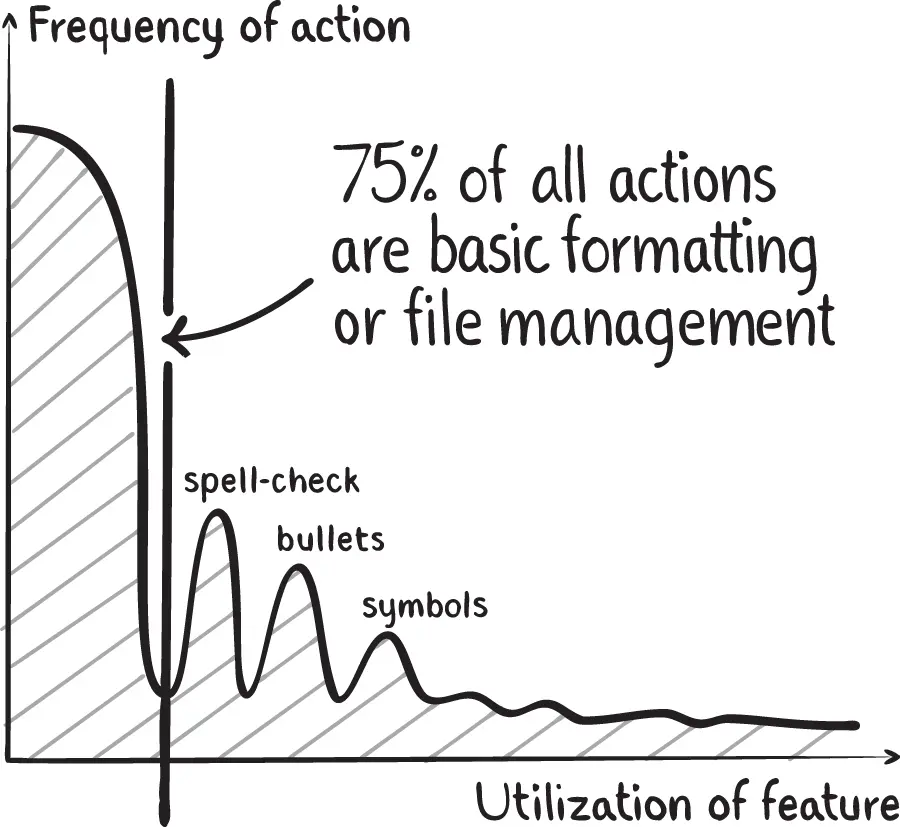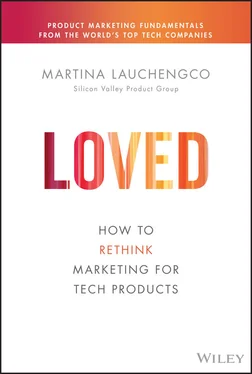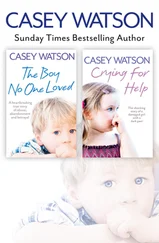Not every company has people willing or capable of doing this, but it does mean you can get product marketing done without the perfect team formation yet in place. This doesn't mean you shouldn't staff the role. Outcomes always improve with strong product marketers. It just removes excuses for not doing the work with who you have now.
Because the need for good product marketing has never been more urgent or important.
Modern development tools (open source, cloud everything) and methods mean every product landscape isn't just increasing. It's increasing at an increasing rate. For example, the marketing technology category had 150 companies in its first year and over 8,000 battling it out nine years later. The Apple App Store opened with 500 apps and now has over 5 million. There's the API economy, Web 3.0, the rise of product-led growth. Search engines and tech giants are the front door to customers discovering nearly all product information. Social media doesn't just influence points of view, it contains millions of influencers—at least 100× the number of journalists in the world.
Products make identical claims and have similar features. Pricing often doesn't help frame value—similar products can have very different prices for non-obvious reasons. Trusted relationships and word of mouth are more powerful than ever in influencing decision-making—even for major enterprise software. Imagine how difficult it is for any potential customer to navigate the modern decision landscape.
There is no way for a product to stand out and win unless its entire go-to-market engine is carefully coordinated and it holds a clear market position. That's product marketing.
Where Product Marketing Fits
There is a lot of confusion about the difference between marketing—the function at large—and product marketing, the specific role often part of the marketing organization.
The customer journey is never a straight line: They experience a problem, plunge into the information landscape, and may at some point come out with a hand up to try, buy, or enter a sales process.
The art of finding and reaching that customer on their journey with the right message at the right time so they are willing to consider a product is the job of marketing . The art of selling and converting a prospective buyer into a customer is the job of sales .
Modern marketing teams are filled with specialists who amplify messages, deploy campaigns, and manage and execute programs in their respective domains: demand generation, digital/web/search, advertising, social, content, influencer, community, analyst relations, marketing operations, public relations, marketing communications, brand, and events—many residing in a corporate marketing function. The range of marketing channels is so vast, I have a dedicated appendixat the back of the book defining them. The bigger the company, the more complex and layered marketing becomes.
Marketing specialists rely on product marketers to do their jobs well. Product marketers define what aspects of a product to promote, who to target, why target customers care, and which channels are most important. They are the bridge between the product organization and ensuring the actions from the go-to-market engine of marketing and sales result in business impact.
Part 2of this book dives into the details of how product marketing interfaces with all its partner functions—product, marketing, and sales—and the best practices that make these partnerships effective. The rest of part 1focuses on explaining the four fundamentals in more detail.
Practicing them is what gives clarity of purpose to a product's go-to-market. That intentionality, in turn, is what separates companies that succeed wildly from those that do just well enough. It requires investing in a strong product marketing foundation, and the purpose of this book is to show you how to do it.
Chapter 2 The Fundamentals of Product Marketing
You know that red squiggly underline that automatically appears any time you've misspelled something in Word?
It debuted after an executive team edict proclaimed every product unit had to simultaneously ship its next version together with the upcoming release of Windows. The team's development time was slashed in half, which meant we'd only be able to ship a fraction of the number of features as the prior version.
This was in the peak of the feature arms race era, a time when value was equated with stickers on boxes highlighting hundreds of features packed inside.
Not only were there far fewer features in the next version, but many of them weren't major game changers. They were clever enhancements of features already in the product. How could we take our feature-light version and make it feel like a worthy, full-fledged release?
It was in a team brainstorming session that a product marketer pulled out an instrumentation study the product team had done. It analyzed every keystroke of hundreds of users. He pointed out the planned enhancements fell into two categories:
1 Functions most people used most of the time—like formatting text
2 Features used less frequently, like bulleted lists, but for the people who did use them, they used them a lot
It was a eureka moment—this is how we can tell this version's story: it focuses on what matters most for how most people use Word .
Back then, press and analyst meetings mattered a lot because one review could define a product's reputation for years. Product marketers would go on dedicated in-person tours showcasing the product to key influencers and pundits.
Usually, these meetings led with a polished PowerPoint. The product marketing team decided to ditch the slides and instead freestyle on a whiteboard ( Figure 2.1) to share the data and have a conversation. They then demoed the product using a story of how an ordinary office worker used Word in her daily work.
The story that went along with it went something like this: 75% of the actions someone takes in Word fall into basic categories like formatting and file management. We focused our features on those areas so every user could benefit from them. When we examined how features actually get used, we also saw some that aren't used by as many people but for those who do use them, they use them a lot. That told us those features have a lot of value but aren't easily discovered. This version implements those features on behalf of users so they can experience their value without changing how they work .

Figure 2.1Whiteboard recreation.
Case in point: spell-check. It now ran in the background and underlined misspelled words as people typed instead of making someone remember to hit the spell check button.
Walt Mossberg, then of the Wall Street Journal and the most preeminent word-processor reviewer of the time, had a justly earned reputation as immutable. When he asked why this version had a highlighter feature, beyond showing him the research, we sent him an email from a beta user raving about the feature and how much she used it.
When his review finally came out, it surprised even us.
Welcome to this week's colum. Wait, that's wrong. I meant this week's column. There, that's better. The word-processing software with which I'm writing this noted that typo and flagged it for me by instantly underlining it with a squiggly red line…For the new Word, also known as version 7.0, Microsoft has concentrated on a host of small but clever refinements that automate and enhance the writing process, like the aforementioned “Spell-It” and improved “AutoCorrect” features. It converts the asterisks or hyphens you use to mark items in bulleted lists into indented symbols…There's a feature that simulates a yellow highlighter pen…Taken together, these new features make an already excellent word processor even better, in my view. Word continues to be the best writing tool out there.” 1
Читать дальше













